Week 21 - Machines Help Us Do Work
| Site: | MoodleHUB.ca 🍁 |
| Course: | Science 8 LearnNet |
| Book: | Week 21 - Machines Help Us Do Work |
| Printed by: | Guest user |
| Date: | Monday, 17 November 2025, 5:47 PM |
Description
Week 21 - Machines Help Us Do Work
Introduction
Silly Machines
Rube Goldberg is a cartoonist famous for his complicated silly machines for doing simple tasks. The first is a method of sharpening a pencil, the second is a method of keeping a store window clean.
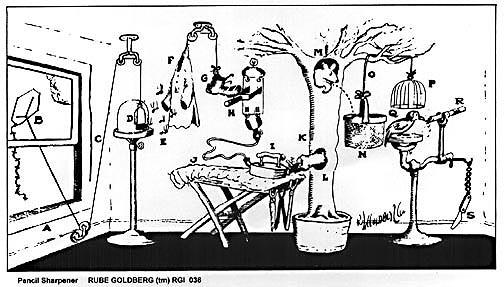

 |
To find out more about this interesting man go to this site. http://www.rube-goldberg.com/ These silly cartoons do illustrate one important concept of mechanical systems. Large complicated machines are always composed of several smaller machines. |
|
© 2002 Alberta Online Consortium
|
Lesson 1
You use machines on a daily basis.
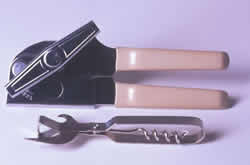 |
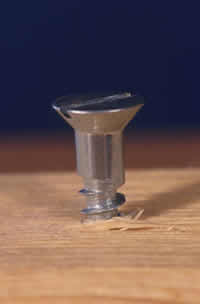 |
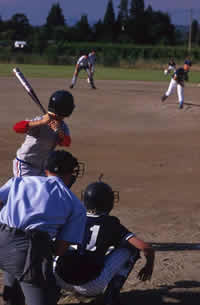 |
A baseball player or hockey player uses a machine, called a lever, every time they swing a bat or take a slap shot. A machine is any device that makes work easier by changing the size or direction of the force applied to it. |
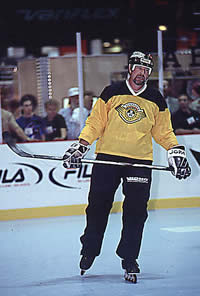 |
|
Did You Know?
The tin can was invented 130 years before the can opener. For a long time a hammer and chisel were the only ways to open cans. |
|
Ancient Technology
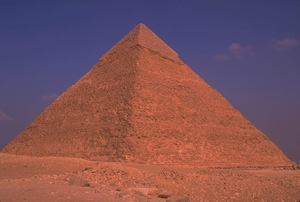 Modern skyscrapers and towers defy gravity and reach hundreds of meters into the air. Instead of limestone blocks, the builders of today use steel and concrete to construct these monuments to humanity's progress. How do they do that?
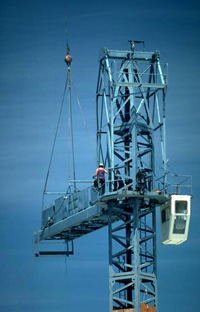 |
.
Lesson 2
Read pages 258 to 260 and 315 to 320
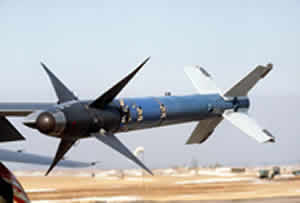 |
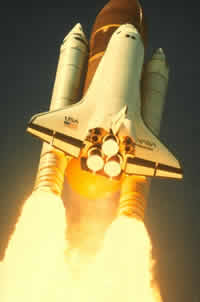 |
.
Lesson 3
Read pages 258 to 260 and 315 to 320
Prehistoric men and women spent most of their waking hours hunting and foraging food. They had little choice since bacteria and moulds would quickly attack and spoil their food. This was especially true in warmer climates. Throughout human history, different techniques and technologies have been developed to preserve food. The earliest forms of food preservation where smoking, drying, salting, fermenting, freezing, and pickling. Today, modern refrigerators and freezers are the primary methods of storing and preserving food. In this activity, you will trace the history of food preservation and, in particular, will trace the history of the modern day refrigerator.
 |
|
Modern day refrigerators slow the growth of bacteria and fungi which helps to preserve food for long periods of time.
|
 Exercise 1.3: Refrigeration
Exercise 1.3: Refrigeration
You have two options for your Section 1 Quiz - a multiple choice quiz or a written response quiz. You may choose to write the multiple choice or the written response. You only need to write one of them, so the choice is up to you! You are allowed to try both quizzes if you want, but it is not required.
The quiz attempt with the highest grade will be the one that is recorded on your report card.
The multiple choice quiz has 10 multiple choice, matching, and true/false questions. You have 15 minutes to complete it. As soon as the quiz submitted it will be auto-graded and you will receive a grade immediately.
Click the image above to start your quiz
The written response quiz has 5 short answer questions. Your responses must give a complete and detailed answer to the question. You have 20 minutes to complete the quiz. This quiz needs to be manually marked by your teacher, so you may have to wait a few days to get feedback and a grade.
Click the image above to start your quiz




